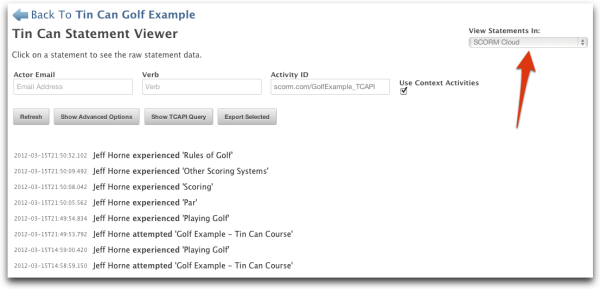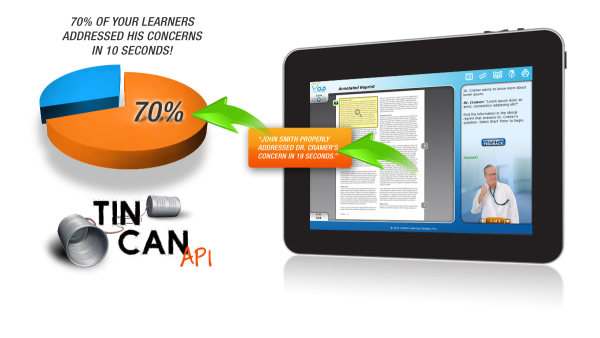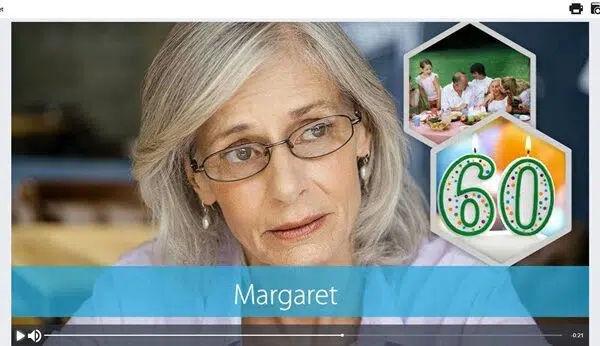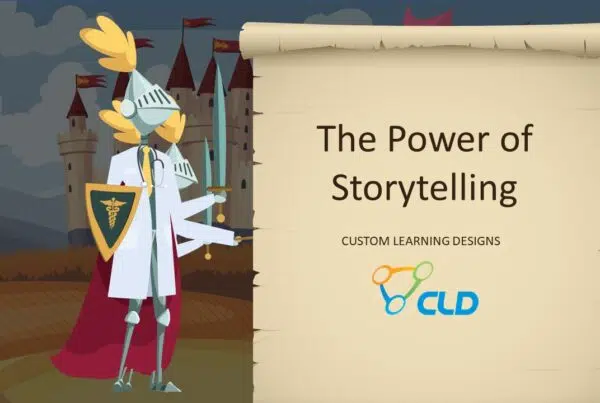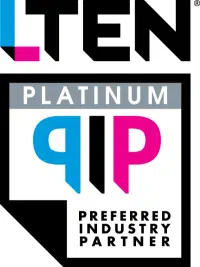
I’ve heard that Tin Can is way better at tracking than my LMS. But I like my LMS’s tracking! (Kinda.) What’s wrong with it?
An LMS is primarily used to house learning material and keep track of which users have accessed that material. Sounds simple enough, right? But there are a few problems with this. In a traditional SCORM LMS, if you want to keep track of who’s accessing your course, the course has to actually live on the LMS before anyone can access it. In addition, the tracking information that you typically gather is limited. For example, John opened the course or John completed the course. Frankly, that doesn’t really tell you much. And, when you consider the variety of legitimate learning sources available on the Web these days, the limitation of SCORM tracking is even more evident.
OK, so what’s the big deal about Tin Can?
Unlike SCORM courses, Tin Can-enabled courses don’t have to live on an LMS at all, so you don’t have to worry about uploading them. You don’t even need to know ahead of time what learning material you want to track and the tracking statements are very flexible. Again, that’s important because nowadays learning sources can range from eLearning modules to Web sites to conversations with experts (both online and face-to-face). It’s not just: Did you finish a course on an LMS? With Tin Can, a variety of learning experiences can be recorded and stored.
Wait a minute! How can a face-to-face conversation with an expert generate a tracking statement?
That’s a great question! But let’s start with a simpler, though related, example. Let’s say you want to track the usage of an eLearning course. Without getting into details, you would add Tin Can code to the course so it can tell who is viewing the course, what he/she is doing in the course, and where to send those experiential statements. This is all done programmatically, so it sounds easy enough. But to get back to the original question, what if the experience is a face-to-face conversation, not an action in an eLearning course? Spoken words cannot generate those digital statements (at least not today—but thats a topic for a future blog entry!) So, how are statements created? Well, at some point, software needs to be involved. For example, you could use a Tin Can-enabled mobile app that makes it easy to note such experiences. The app then generates a digital record of the experience.
Earlier, I said that Tin Can-enabled courses provide more flexibility than SCORM courses. But you can see now that your courses don’t even have to include Tin Can code at all! All you need is a Tin Can-enabled app, Website, or browser plug-in to generate the experiential statements.
OK, so the software captures experiences. What does it do with them?
These experiences are stored in a Learning Record Store (LRS) in the form of statements. Because of the flexibility of Tin Can, the statements don’t have to be simply John Smith completed Module 1, but could be John Smith asked a question on the Acme social network or John Smith posted a blog entry on the Acme site. Once the statements are in an LRS, you can do whatever you like with them, such as using reporting software to generate transcripts of your employees learning experiences.
Annotated Reprint Example
Well, LMS companies aren’t exactly sitting around waiting to become extinct. In fact, many of them are adding LRS capabilities to their LMSs, which can also be used as reporting tools as mentioned above. Add that to the fact that many LMS customers would like to continue using their LMS for content distribution, and you can see why LMSs aren’t going away anytime soon.
Got it. So what does CLD bring to the table?
We’re glad you asked! At CLD, we’ve successfully integrated Tin Can into our eLearning modules. We’ve not only done this with our HTML5 modules but also with our native iOS apps. (The latter is a big deal because previously there was no easy way for an iOS app to talk with an LMS.) We are committed to applying this new technology from a practical standpoint. We know the realities of our clients’ business. We know that their learners cannot gain applicable knowledge by surfing tmz.com—so we work with them to target the best use of Tin Can for their needs.

